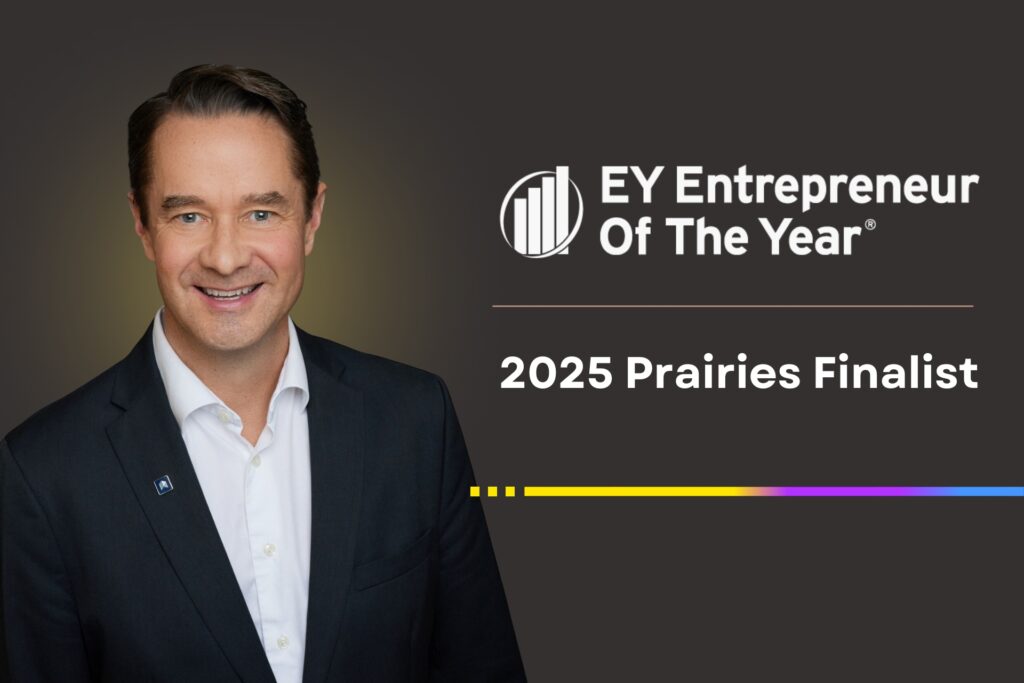How Hiring Managers Can Optimize Their Recruitment Process
Share This Article
KNOW WHAT IT IS YOU’RE LOOKING FOR, AND HAVE A WELL-DEVELOPED JOB DESCRIPTION
SHORTER INTERVIEW ROUNDS
Candidates want to know your hiring process — including how long it’ll take to get hired. A sprawling hire period without set milestones means it’s easy for candidates to lose interest. Not only that, but they’ll also be looking elsewhere, so if there is a long break between interview rounds, you will likely lose them to another employer.
A lengthy interview process with multiple rounds can also be off-putting for many candidates. Each interview requires additional time off from their current job and means extra preparation time for presentations, video calls, or tasks.
Define your interview process – with set dates and milestones – before you open applications, allowing candidates to prepare for possible time off from their current job and expect how long they’ll have to wait to find out if they’ve got the job. Don’t have too many meetings with too many people, and if there are two meetings, try to clear people’s calendars so they can book back-to-back days.
NO VACATIONS IN SET HIRING PERIODS
Setting milestones also means you can lock in the relevant senior management team members for the time required during the interview process. We have often come across companies that struggle to hire because hiring managers or senior management crucial to the hiring process go on a vacation during the hiring period.
Missing hiring managers causes problems on both sides: candidates become frustrated with delays and pull out of the hiring process, and communication between hiring managers, senior management, and recruitment agencies lags.
Arranging set hiring periods around vacation times is one of the best ways to improve communication, speed up the hiring process, and keep candidates interested in their applications.
OFFERING COMPETITIVE SALARIES
As an expert talent acquisition agency, we’ve seen it all — and one of the most common problems we’ve witnessed is companies low-balling on offered salaries.
Understandably, you want the best talent for your budget. However, offering noncompetitive salaries means you won’t attract the right talent to the role — and this frustrates everyone, not just candidates. It can seriously extend your hiring period for each vacancy, too — which means you’re spending time and money finding a candidate that could’ve been offered as part of a better remuneration package in the first place.
It’s a common misconception that recruitment agencies push for higher salaries because it increases their pay when placing a candidate. The reality is that a competitive salary allows you to pick from the best talent around. It also improves employee satisfaction and morale as your teammates feel valued when you’re paying the market rate for their work and, in turn, improves your total retention rate, so you’re spending less on hiring staff overall.
ANALYSIS AND ACTION ON DECLINED HIRE FEEDBACK AND RESIGNATIONS
When candidates refuse a job offer or existing staff leave your company, it’s easy to write it off as a ‘them problem’ and not an internal culture issue.
However, listening to feedback from candidates who refuse the offer or staff leaving your company means you can identify what’s turning talent away. Company culture significantly impacts whether talent wants to take a job with you– and stays there — so try introducing post-offer or post-employment feedback as standard, which will help you recognize company culture trends that turn great talent away. When you know what’s going wrong, it’s much easier to set it right!
BROADEN TALENT SEARCH LOCATIONS
Companies are still reluctant to consider talent from further outside their region. Keeping your talent search local restricts the pool of candidates: you could be missing out on the perfect person for the job because they live further away. There are ways to get around this. If your vacancy is an in-house position where the person has to be on-site, such as at a manufacturing plant, consider offering a relocation package to the right candidate. Advertise your role to a broader area with this option, and you’ll have your pick of the best talent available.
Consider whether the role needs to be on-site at all. Many positions can now be entirely remote or some hybrid model– and this opens up your candidate pool to a much larger market. Flexible and remote working are huge attractors for talent and offer a boost to candidates in rural communities.
STAY EXCLUSIVE TO YOUR RECRUITMENT AGENCY
One final problem with hiring managers is a ‘spray and pray’ attitude with recruitment agencies. They’ll opt to use several agencies, hoping that this will broaden their talent pool — but it can damage their reputation.
Using multiple agencies means the same recruiters end up vying for the same candidates’ attention, which can frustrate applicants if several recruiting managers approach them for the same role. It also adds an air of desperation — the candidate will often wonder why the position is being pushed so hard by so many different agencies. A multiple-agency approach also rockets the cost of each hire as you’re spending more time communicating with each agency instead of being a sole point of contact, taking you away from being productive within your role.
An exclusive arrangement with a single talent recruitment agency specializing in your field is far more likely to yield results. They’ll have a dedicated point of contact, be able to approach candidates with the knowledge they haven’t already been interviewed for the role and build a relationship to help understand your company culture to find the best personality fit for the position.
Please speak to us today to learn more about the benefits of using a single recruitment agency to improve your hire and retention rates.
Photo by Alex Green from Pexels




